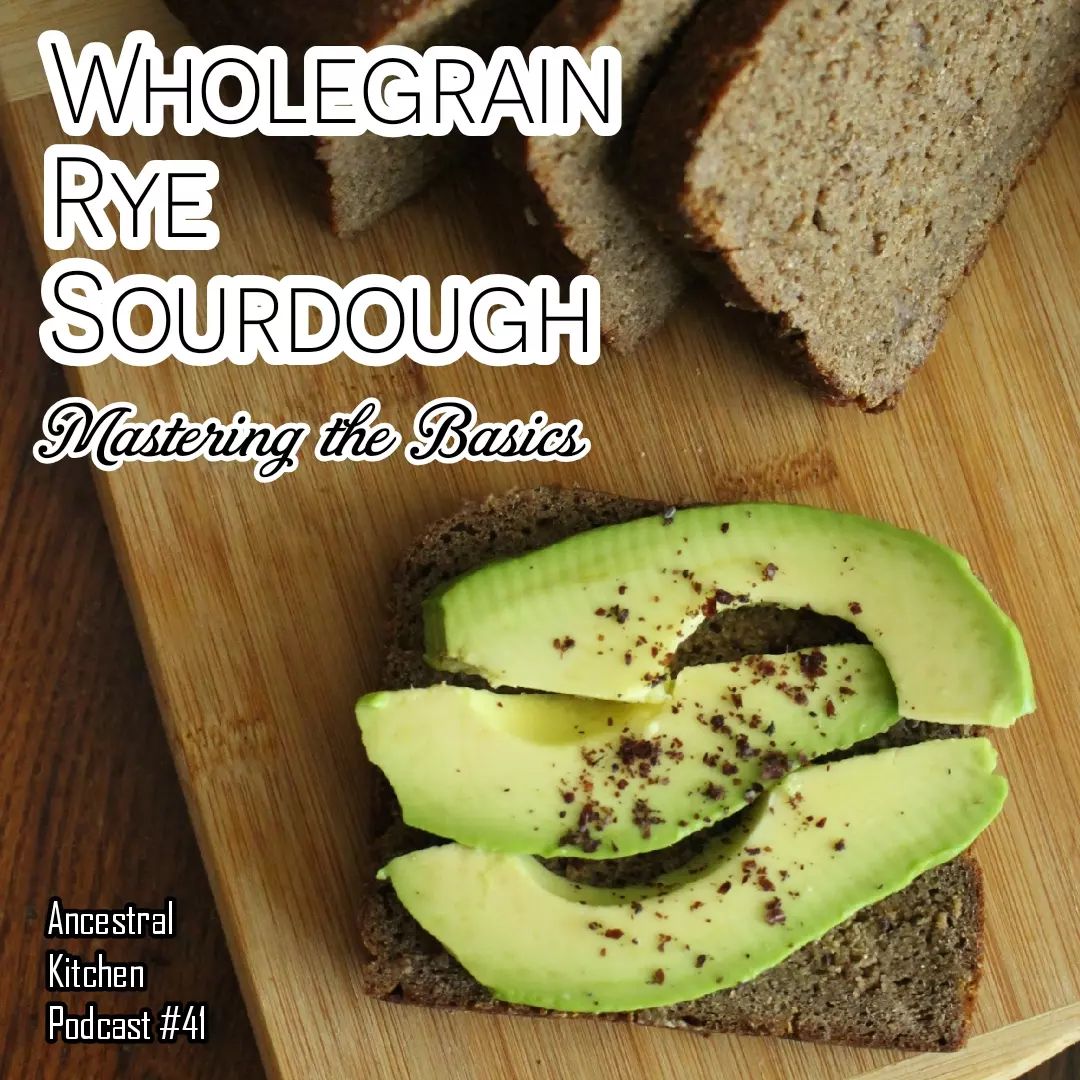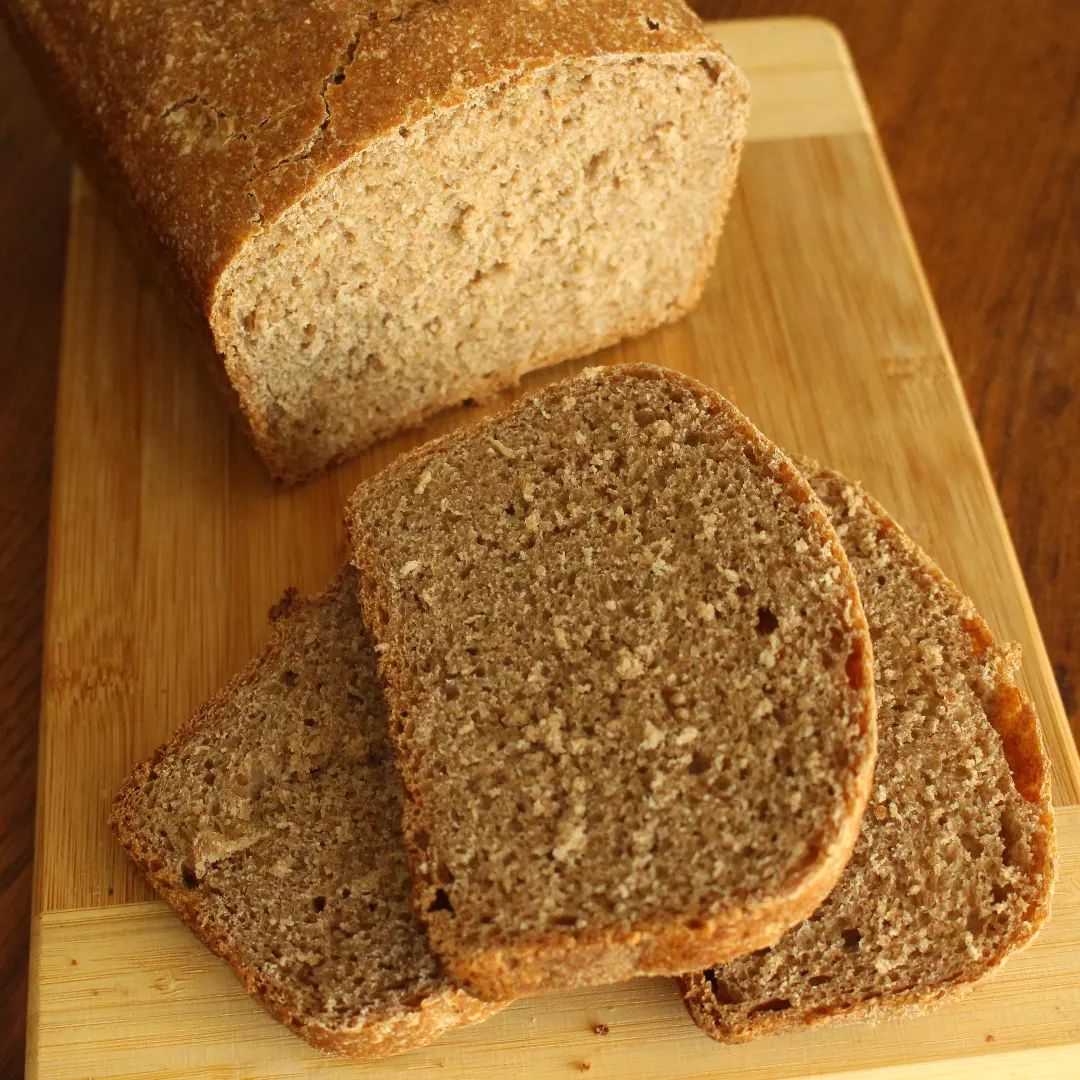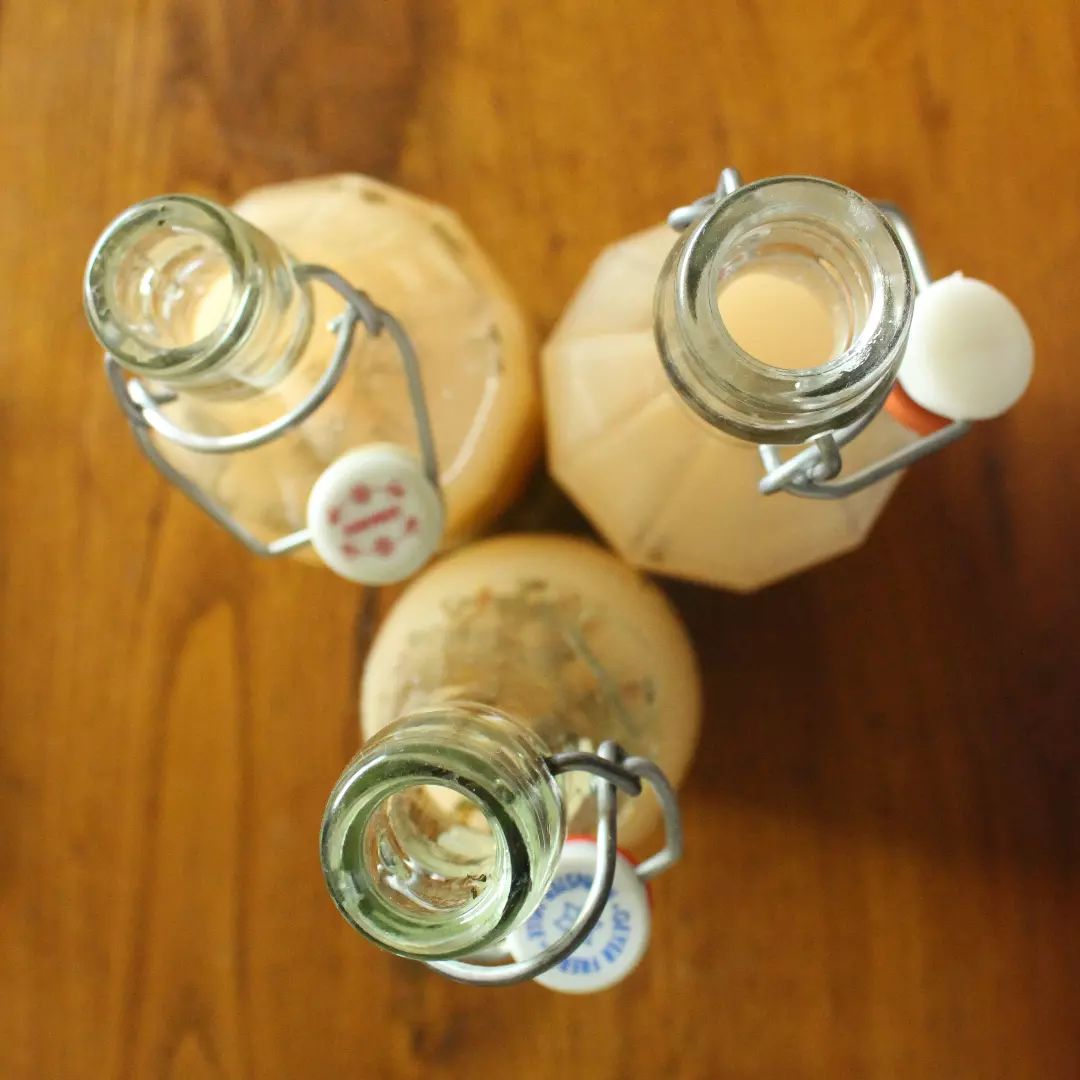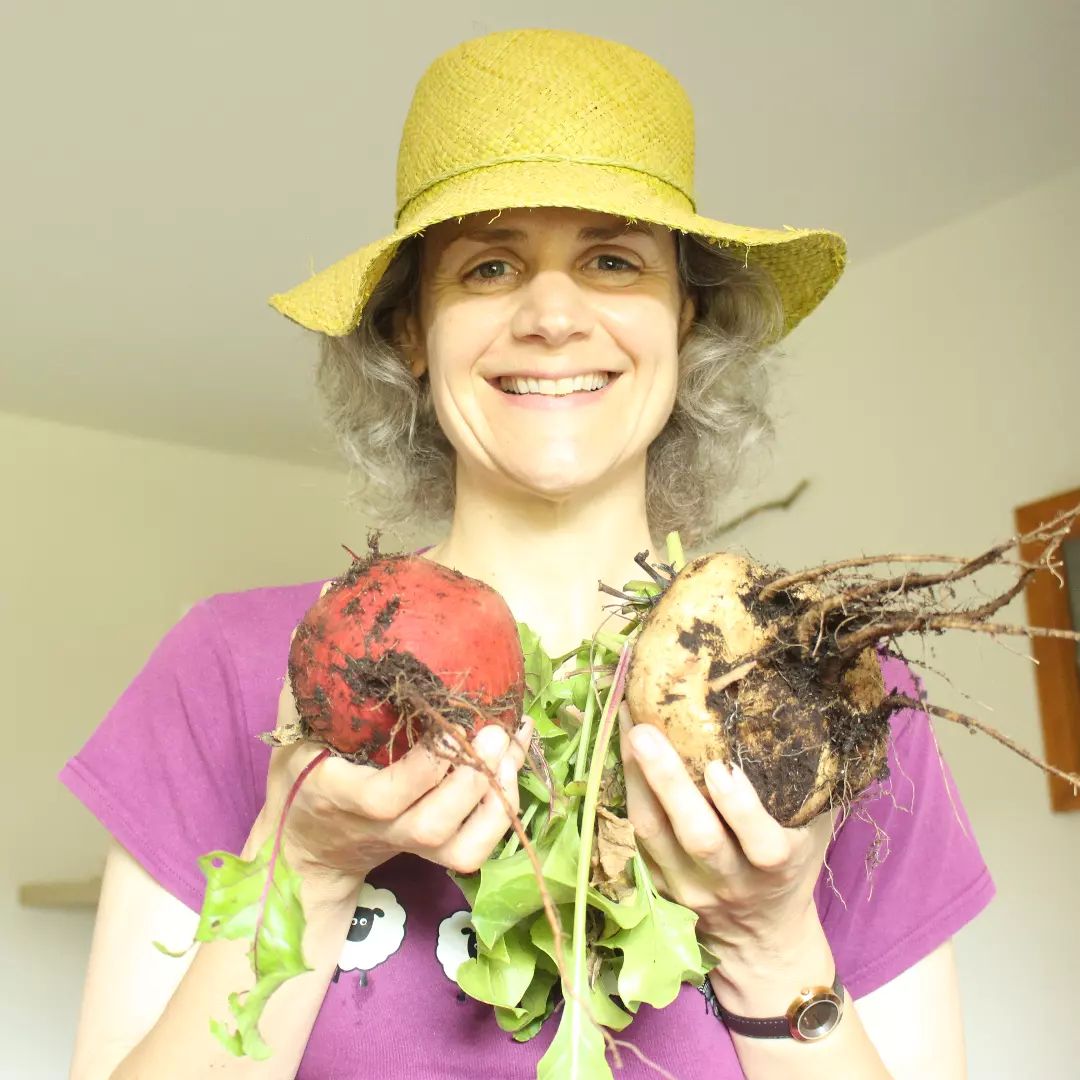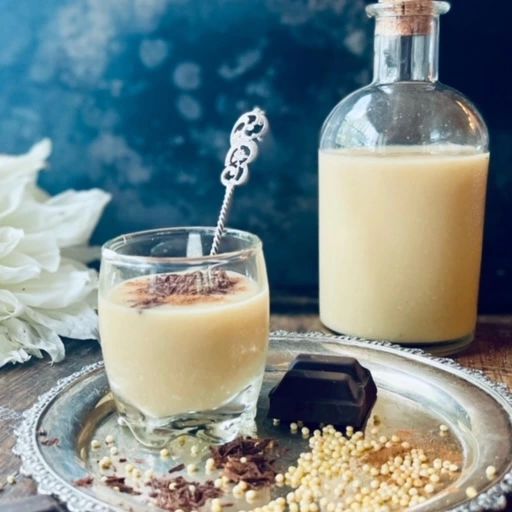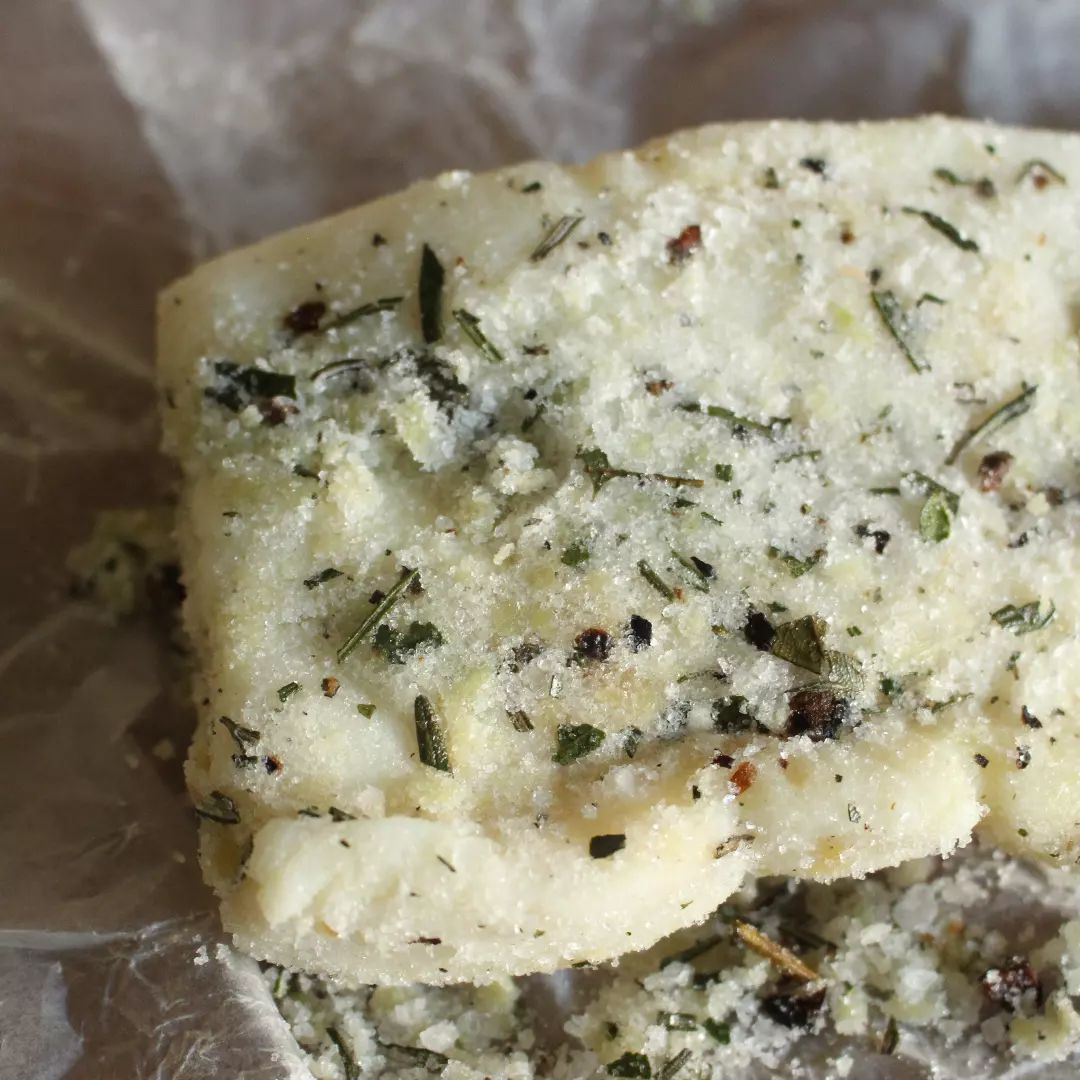If you want to bake with rye, listen to this week’s podcast. . In it, I talk through the four reasons I love rye sourdough: Its gluten content, its taste, the amazing, stress-free, starter it makes and the ease of working with it. I answer questions on mixing, ageing, health benefits, bringing out flavour and much more. . And I share a discount code for my new course Rye Sourdough Bread: Mastering The Basics, a thorough, hands-on course with over two hours of video that’ll walk you through understanding rye baking, creating and maintaining a starter, baking two wonderful sourdough loaves and equip you with delicious discard recipes. . Download the episode via your podcast app, by searching for Ancestral Kitchen podcast, or stream/download from my site (link in profile).
If you want to bake with rye, listen to this week’s podcast.
.
In it, I talk through the four reasons I love rye sourdough: Its gluten content, its taste, the amazing, stress-free, starter it makes and the ease of working with it. I answer questions on mixing, ageing, health benefits, bringing out flavour and much more.
.
And I share a discount code for my new course Rye Sourdough Bread: Mastering The Basics, a thorough, hands-on course with over two hours of video that’ll walk you through understanding rye baking, creating and maintaining a starter, baking two wonderful sourdough loaves and equip you with delicious discard recipes.
.
Download the episode via your podcast app, by searching for Ancestral Kitchen podcast, or stream/download from my site (link in profile).


